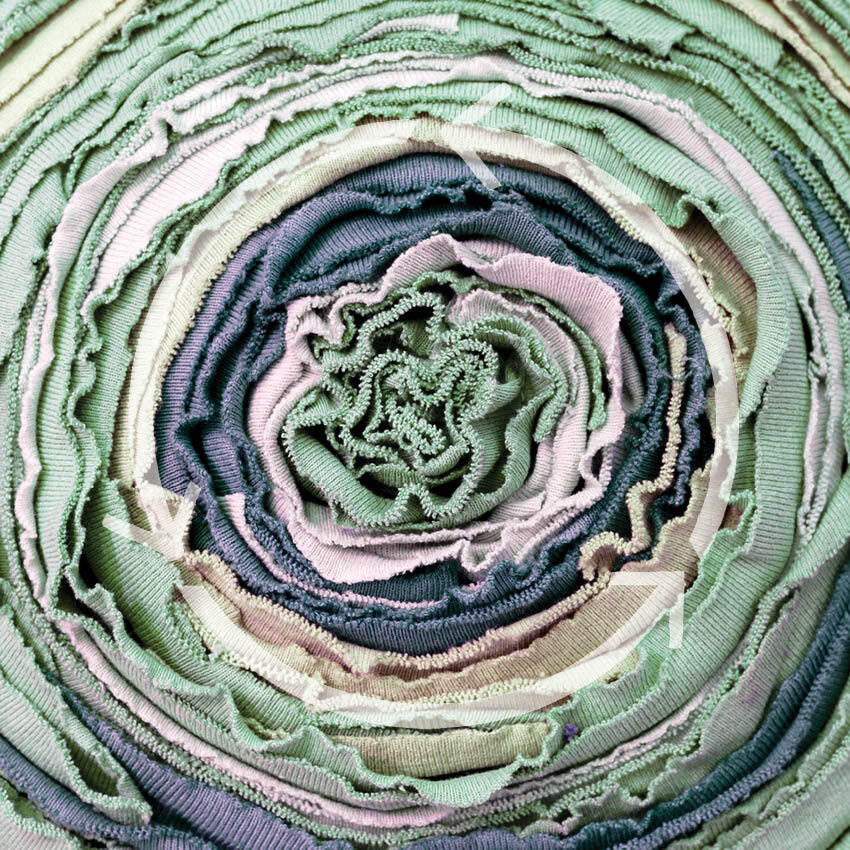As an industry, we have long averted our eyes from the nasty environmental side effects of the manufacturing processes and the distribution of the things we sell. We continue with business as usual, giving a nod to sustainability as the overwhelming scale of the problem has stunned us into inertia. Our immediate business survival overrules the difficult systemic change that climate change and environmental pollution demand. But honestly, how can any of us sidestep the issue (while munching on avocado toast) as we operate in a period of unprecedented fire-nados, Hawaiian blizzard warnings, and melting Canadian roadbeds. For retail, technologists and consumers have risen to the occasion as they insist (at least with their sentiments, if not with their wallets), that we take the issue seriously.
We need to decouple our economic growth from the use of finite resources. We need to feed those resources into a system so they become not virgin resources but they are recycled resources…We need to design products with circularity in mind.
The 2030 Mission
At the recent Cop26 Climate Summit in Glasgow, a group of 130 companies and 41 organizations including NIKE, Burberry, Chanel, H&M Group, VF Corporation, Kering, and adidas renewed and expanded a collective commitment to the Fashion Charter for climate. The Charter, created at the 2018 Paris Climate Summit, now includes, “Sourcing 100 percent of electricity from renewable sources, sourcing environmentally friendly raw materials, and phasing out coal from the supply chain by 2030.”
While a shift to renewable energy and rigorous sourcing scrutiny are critical steps, the elephant in the room is the amount of waste generated by the industry. Discarded apparel continues to pack landfills and the process of extracting virgin materials to create new garments is unsustainable. The McKinsey BOF State of Fashion 2022 reports on the concept of closed-loop recycling as a step to shrink the elephant. The report states, “The system which is now starting to be rolled out at scale [is] promising to limit the extractive production of virgin raw materials and decrease textile waste. As these technologies mature, companies will need to embed them into the design phase of product development while adopting large-scale collection and sorting processes.”
At the BOF Voices 2022 conference, Dame Ellen MacArthur, CEO of her namesake foundation called for a broad commitment to a closed-loop circular apparel system from design, to sourcing, to disposal. MacArthur said ” Today our economy is so wasteful…Since the Industrial Revolution, we have worked within a linear system where the way we make a profit is to take a material, turn it into something, and sell it. That is transforming as we realize that we need to decouple our economic growth from the use of finite resources. We need to feed those resources into a system so they become not virgin resources but they are recycled resources…We need to design products with circularity in mind.”
EU Intervention
The stance of the EU on climate is proactive. The bloc asserts, “Textiles are the fourth highest-pressure category for the use of primary raw materials and water, after food, housing, transport, and GHG emissions. It is estimated that less than one percent of all textiles worldwide are recycled into new textiles.” The recently implemented EU Circular Economy Fashion Plan suggests government support for circular textile processes, as well as sustainability standards placed on design and distribution companies. The announcement states, “The plan supports textile recycling through direct investment, research, innovation, the implementation of textile waste management systems, and the creation of secondary raw materials through recycling…Enforcement mechanisms require all EU countries to separate all textile waste by 2025.” The bloc is currently developing eco-design measures that align with the MacArthur Foundation’s suggestions ensuring, “that textile products are fit for circularity” and prioritizes,” empowering business and private consumers to choose sustainable textiles and have easy access to reuse and repair services.”
Wicked Problems are Challenging
While knitting mills in Italy have been recycling wool and cashmere since medieval times, and mechanical cotton recycling is currently operational on a limited scale, our closets are packed with synthetic materials and complicated blends that challenge our sustainable best intentions. The thorny problem of separating fibers for recycling has recently become less prickly. Hong Kong-based HKRITA worked in collaboration with the H&M Foundation to develop a hydro-thermal process that powers the Green Machine. The machine has optimized a technology that separates blended fabrics such as cotton mixed with polyester for recycling in a closed-loop system that recycles the water used in the machine’s processes. The H&M Foundation donated an initial $7.2 million and has pledged another $100 million to fund the production of the Green Machine at scale in an effort to encourage wider adoption of the system.
HKRITA is a research organization working with the VF Corporation on environmentally engineered supply chains, with Uniqlo on cotton optimization, and has further collaborated with H&M to develop two G-to-G (garment to garment) retail spaces, the first in Hong Kong, and the other in Stockholm. In the Stockholm shop/Green Machine lab named the Looop, customers bring in garments for recycling. Discarded items are processed and transformed into new, saleable garments, which are later sold in the connected shop. CEO Edwin Keh confirms,” The technicians work in glass-enclosed sanitary labs built out of shipping containers, with the recycling process fully on display for consumers, but this is also a real store.”
From Less-Bad to More-Good
While Keh asserts that at scale the Green Machine can produce fibers that are of equal or superior quality to virgin product, he believes that the dominant force driving interest in the Green Machine is not quality, but a sense of purpose. “We need to switch from doing less-bad to doing more-good. Less-bad was fine five years ago, but more-good is what we need for the next five years.” The Green Machine is doing more-good in both Turkey and Indonesia where HKRITA has licensed two Green Machine systems to major garment suppliers who service leading global/regional retailers.
The ultimate solution to the wicked problem on the business side of apparel waste is to produce and sell less. For consumers, they need to buy less and extend the life of what they already own. This solution, however, is an existential problem for the retail industry. The concept is so large and the complex method of addressing sustainable manufacturing throws us back into sustainability inertia and creates its own circular response of continuing business as usual while giving a faint nod (usually though lip service) to sustainability.
The solutions offered by burgeoning technologies such as the Green Machine, and HKRITA’s other efforts, along with legislation enacted in the EU present both the industry and consumers vehicles to support sustainable retail, while creating more-good, rather than settling for a little less-bad. This is not a perfect solution for the environment, but if we can garner the collective will and implement practical measures, our efforts and our goodness can scale toward a virtuous circularity. Scalable goodness rather than business as usual.




